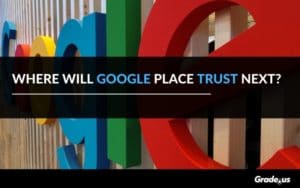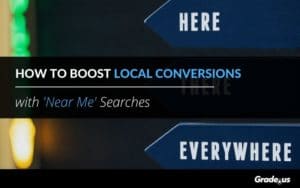Humans are judgmental, but contrary to popular belief, being judgmental is necessary. You'd think your uploaded business photos are just a minor detail when someone stumbles onto your Google My Business listing. But when customers look at your business, they make a judgment call, automatically.
Yes, No, or maybe.
It's an unpopular thing to admit that we sort people, businesses and things based on their appearance.
But it's true.
Job applicants who look the part often do better in interviews. Well-dressed people who drive nice cars are viewed as wealthy. Attractive, well-presented businesses look more successful.
These factors caused scientists to ask a question.
Are customers judgmental?
Absolutely.
In their research, Princeton University psychologists, Alex Todorov and Janine Willis, discovered that people respond to faces instantly.
Customers form first impressions in as little as 50 to 100 milliseconds.
Customers are making judgments about you and your business before they've had a chance to think about it. This first impression is visual and based almost entirely on emotion.
That's a big problem.
We're taught to believe a lie
The lie goes like this:
"It doesn't matter what you look like on the outside; it's what's on the inside that counts."
Remember that?
When it comes to marketing, this is a dangerous lie. Customers should make judgments about the organizations they do business with.
The wrong choice can be devastating.
They can lose money, time, and resources. They can be hurt, humiliated, or punished for making the wrong choice.
Amazing business photos guide a customer's choice
Amazing business photos, regardless of your industry, are important. They give customers the information they need to evaluate your business properly.
It shows customers what to expect.
Most of the time, this evaluation process operates at a subconscious level. Customers use the information they've accumulated to make instant, gut reactions. Their assessment is fuzzy, quick and imprecise.
What exactly are customers evaluating in your photos?
1. Ingroup/outgroup. Customers ask themselves the question, "Are you like me?" If the answer is yes, the conversation continues.
2. Social class. Sadly, classism is viewed by many as the last acceptable prejudice in the world today. Customers use this to vet/validate the social standing of those they associate.
3. Ethos and values. Every group has its own culture, its own set of values and norms. Customers expect your Ethos and values to align with theirs and the ethos and values of the group to earn their business.
4. Trustworthiness. "Will you hurt me?" Customers want to know they're safe with you. They're looking to decrease risk, pain and suffering.
5. Social status. Businesses with high social status and high social capital command a considerable amount of respect and prestige. Exceptional people draw us in.
Local businesses tend to neglect photos, or they'll post unflattering photos that position their business negatively.
Not good.
But customers want to see more photos of your business. How do we know that?
They tell us.
Poor imagery kills the sale
Several recent studies show images play a significant role in the search, conversion and optimization process. How significant? A Google My Business Insights study found local businesses with more than 100 images:
- Get 520% more calls than their competitors
- 2,717% more direction requests than their competitors
- 1,065% more website clicks than their local competitors
What about businesses with a bare minimum of one image? They get 75% less requests than their top performing counterparts.
Yikes.
Look at Yelp's top restaurants of 2019, and something interesting stands out. Each of these restaurants has hundreds and thousands of positive reviews and images.
Customers want to see:
- High quality photos
- Demand (e.g. lots of customers if you’re a service business)
- Alternate views (e.g. different views of product/business)
- Topic specific images (e.g. cakes, tables, interiors, etc.)
- Color changes, where appropriate
- True to life imagery (e.g. view on model, customer photo of food, etc.)
- View(s) in a room
The keywords here are quality and variety.
Customers want to see your business from more than one perspective. More photos give them the ability to evaluate consistency.
You'll never be able to take the perfect photo...
If you focus your time and attention on all these specific variables, it's overwhelming and simply too much for the average business.
You still need amazing photos, though.
So, what do you do?
You focus on your ideal customers, the customers you'd fight tooth and nail to keep. Then use photography to present your business in a way that wows them.
How do you do that?
You focus on their wants and needs. If you're a fine dining restaurant looking for big spending regulars, you show:
- A pristine environment
- Influencers who frequent your restaurant
- A high class image (e.g. dinnerware, table cloth, attire, etc.)
- Exclusivity markers (e.g. wait list, limited seating/hours)
If you know your customers, you know this is what they expect.
What if you're the owner of a Blues and Jazz cafe, like Blues City Deli and you're looking to attract more customers?
Step #1: Know your audience
You confirm the demographics and psychographics of the customer segments which are (a.) willing to pay and (b.) able to pay.
Then you figure out what makes them tick.
Their desires, goals, fears and frustrations. Their expectations from a Blues Cafe, their reading habits, how they spend their free time, etc.
I wanted to know, so I referred to a study by the Jazz Audiences Initiative (JAI).
They broke listeners down into six groups:

They sorted them by employment status:

By education level:
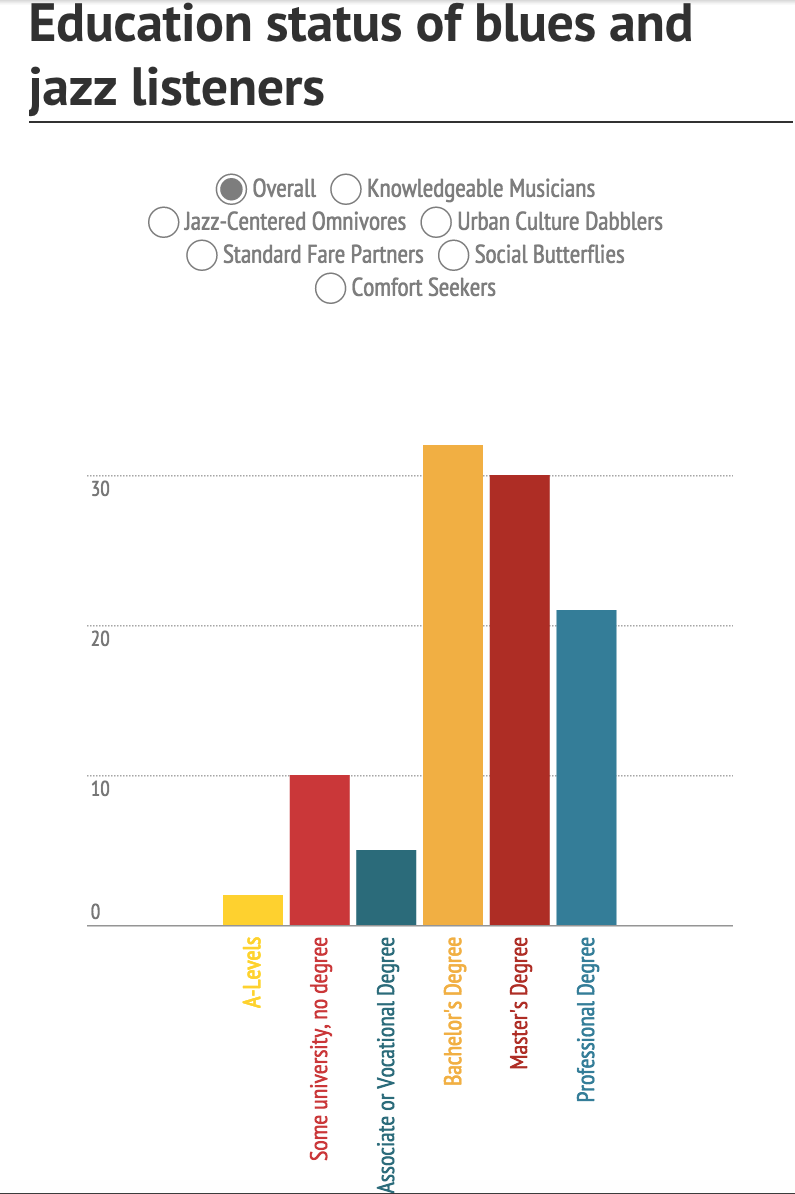
And marital status:

So, with less than an hour's worth of research we know our ideal customer is:
- A member of at least one out of six groups
- Highly educated bachelors or above
- Works full-time (which means discretionary income) or retired
- Married or partnered
Armed with this research you're ready to...
Step #2: Reject the wrong people
Customers judge, remember?
Your photos don't have to be Smithsonian worthy, but they should convey quality. Product, ambiance oriented photos aren't about showing off your photography skills; it's about sending a message.
Customers are subconsciously looking for specific cues on:
- Ingroup/outgroup
- Social class
- Ethos and values
- Trustworthiness
- Social status
And this is exactly what Blues City Deli does.
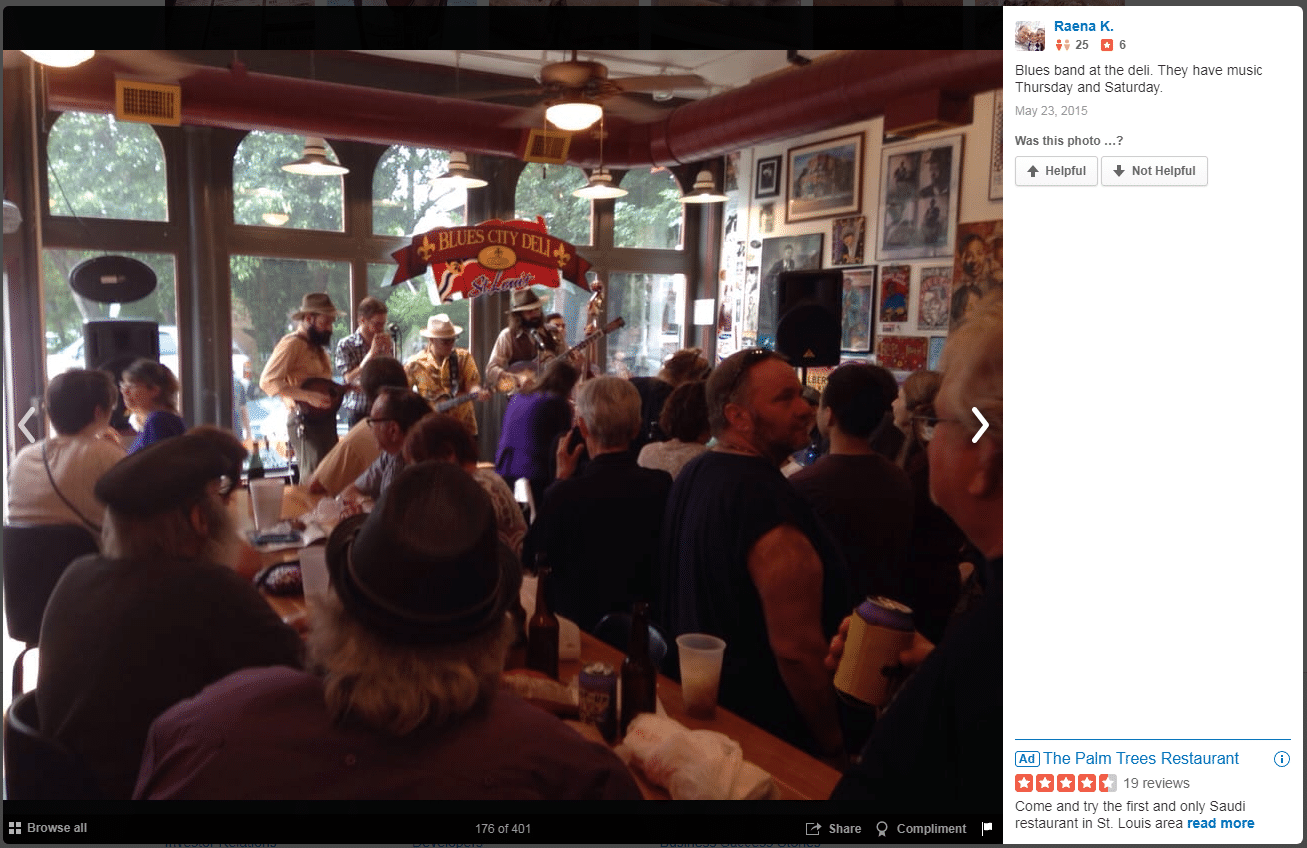
See what they did there?
The right message is easy to convey, if you attract the right audience.
Do the upfront work to attract the right audience, and these details mostly take care of themselves. That's the problem, though. Most local businesses don't do the upfront work.
So they struggle.
They attract the wrong people who, in turn, repel the right people.
Step #3: Take amazing photos
Here are some tips you can use to capture better photos for your local business.
1. Avoid stock photos:
This is especially important for local businesses. You'll want to avoid stock photos as much as possible. Why? The vast majority of stock photos take away meaning. Looking at a cheesy photo of a group of people smiling removes meaning from your message. Custom photography, even if it's with your iPhone adds meaning, context and value to your overall message.

See what I mean?
This photo is attractive, well lit, and professionally done. But it doesn't tell you much about the business in question.
2. Avoid staged shots:
Local search customers need context. They need additional information that's typically unavailable with staged shots. That's because staged shots reduce the amount of contextual information customers can glean from your photos. Let me show you what I mean.
The Safehouse is a spy-themed bar in Chicago. Here's a picture of their front door.
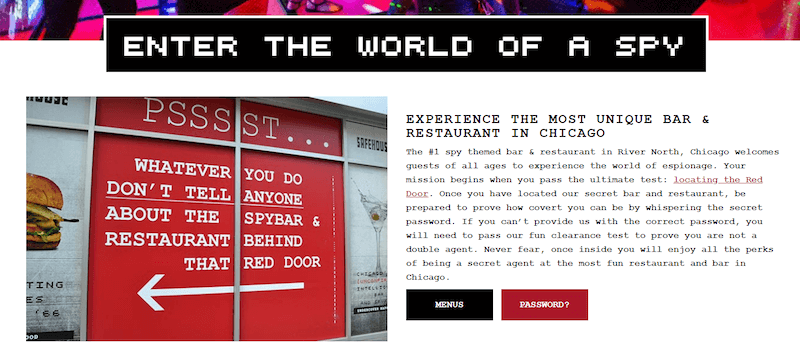
Almost immediately their big red door tells you several things:
- The theme of the bar
- The tone of the venue (fun)
- How they address customer questions and expectations (what if I don’t know the password?)
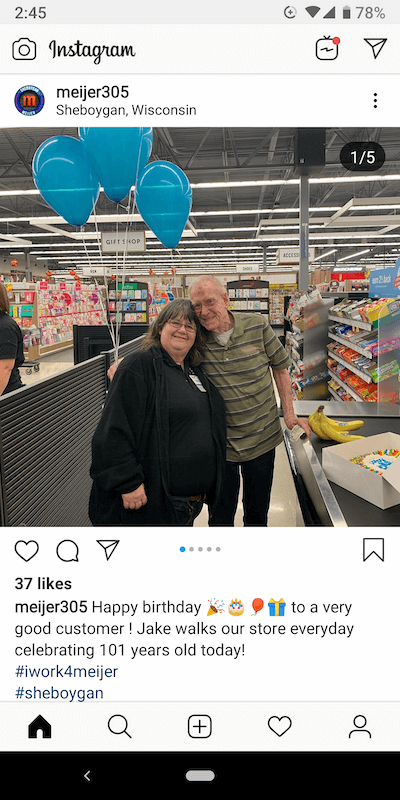
When should you break the no staged shots rule? When it's focused primarily on customers.
Local grocery store Meijer shares an incredible story that demonstrates the power staged photos can have. Jake used to walk daily through the mall in town. Then, Meijer purchased the mall, demolished it and built their grocery store on top of it.
When Meijer opened its doors, he resumed his daily walks. Staff noticed him and took the time to remember him with a special surprise and recognition on his 101st birthday.
See what I mean?
If you're going to use staged photos, make it about your customers.
3. Find your business' golden hour:
The golden hour refers to a period of time where the lighting, atmosphere and environment are all perfectly aligned. It's easy to take amazing photos because the conditions needed to produce said photos are all there.

The golden hour is different for every business.
I'm using this term a bit more broadly than originally intended. I'm going to stretch the definition a bit for our discussion here. Your golden hour is the period that best positions your business. The lighting is perfect, you have the volume of customers you need, and the experiences needed to capture the moments you need.
4. Crop, don't zoom
While smartphone cameras have come a long way, it's still a better idea to crop your photos. Cameras that rely on digital zoom "extrapolate" or guess on the extra details in your image. Which means your photos aren't as crisp or as clear as they should be.
It's a tiny detail; why would this matter?
Poor quality photos create a tangible/intangible conflict. If you're telling customers that your products or services are high quality, but you can't be bothered to take high-quality photos, you create skepticism. You can manage this by identifying the intangible presentation factors you're trying to convey.
Doing this is easier than it sounds.
For example, if you're selling a product to moms, including skulls in your designs is pretty much out of the question. If you're running a hospital, cleanliness is an intangible value that must be presented authentically (in your photos).
5. Tell a story
Here's the thing with photos. Photos exist on a continuum from completely staged to natural and unexpected. Natural photos tell the story with subtlety. Viewers aren't force-fed a narrative. They're allowed to discover the story for themselves.
Here's a photo of a couple closing on their first home.

What stands out to you?
Take a minute.
If you're like most people, the woman in the middle jumps out at you, am I right? It's the look on her face. She's beaming, and she's focused on her husband. It's subtle, but the fact that you're able to provide your customers with this experience is significant.
That's the power of a story.
Remember, you're not looking to win a photojournalism award. You're looking to send a message.
And that is exactly what Blues City Deli does.
They share photos about their history.
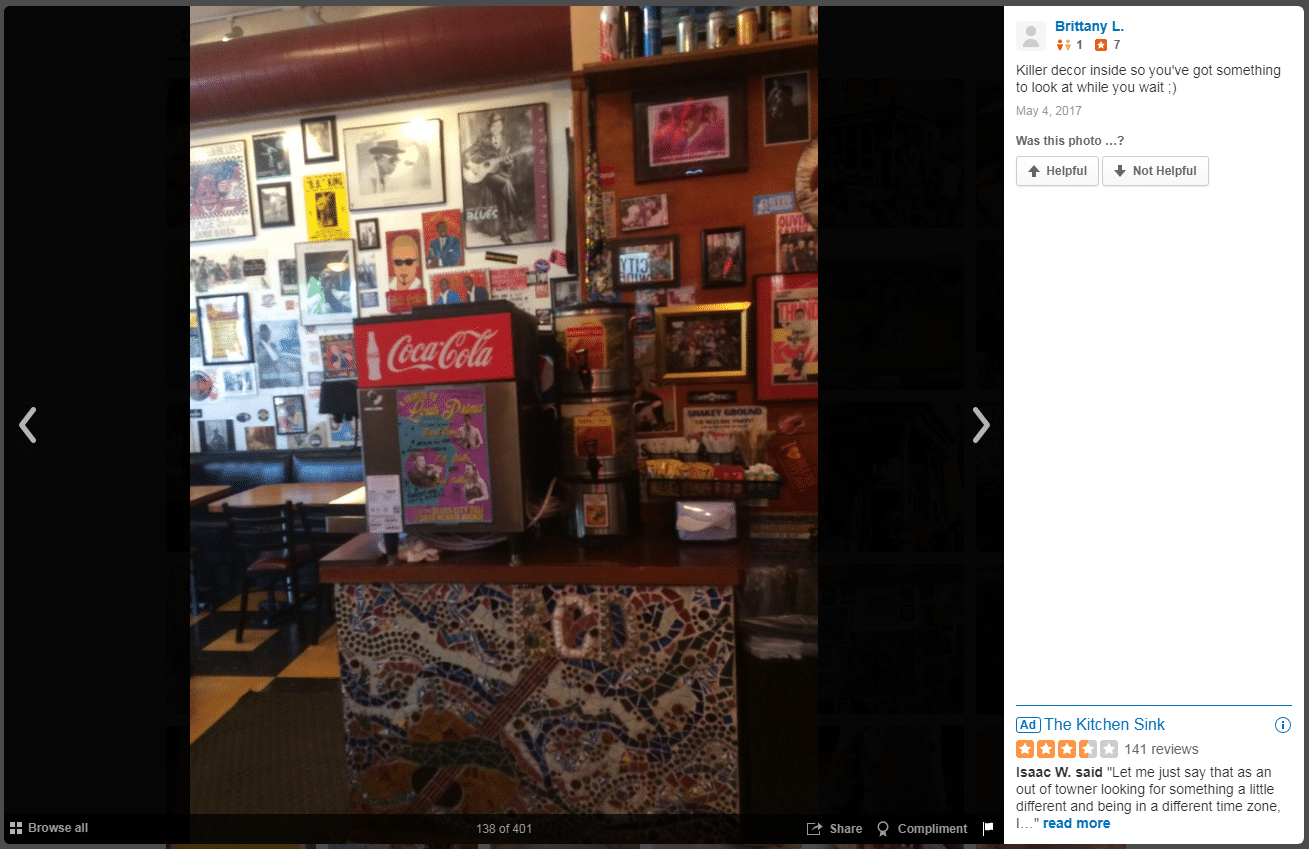
They convey status, showing they're so good customers are willing to wait.
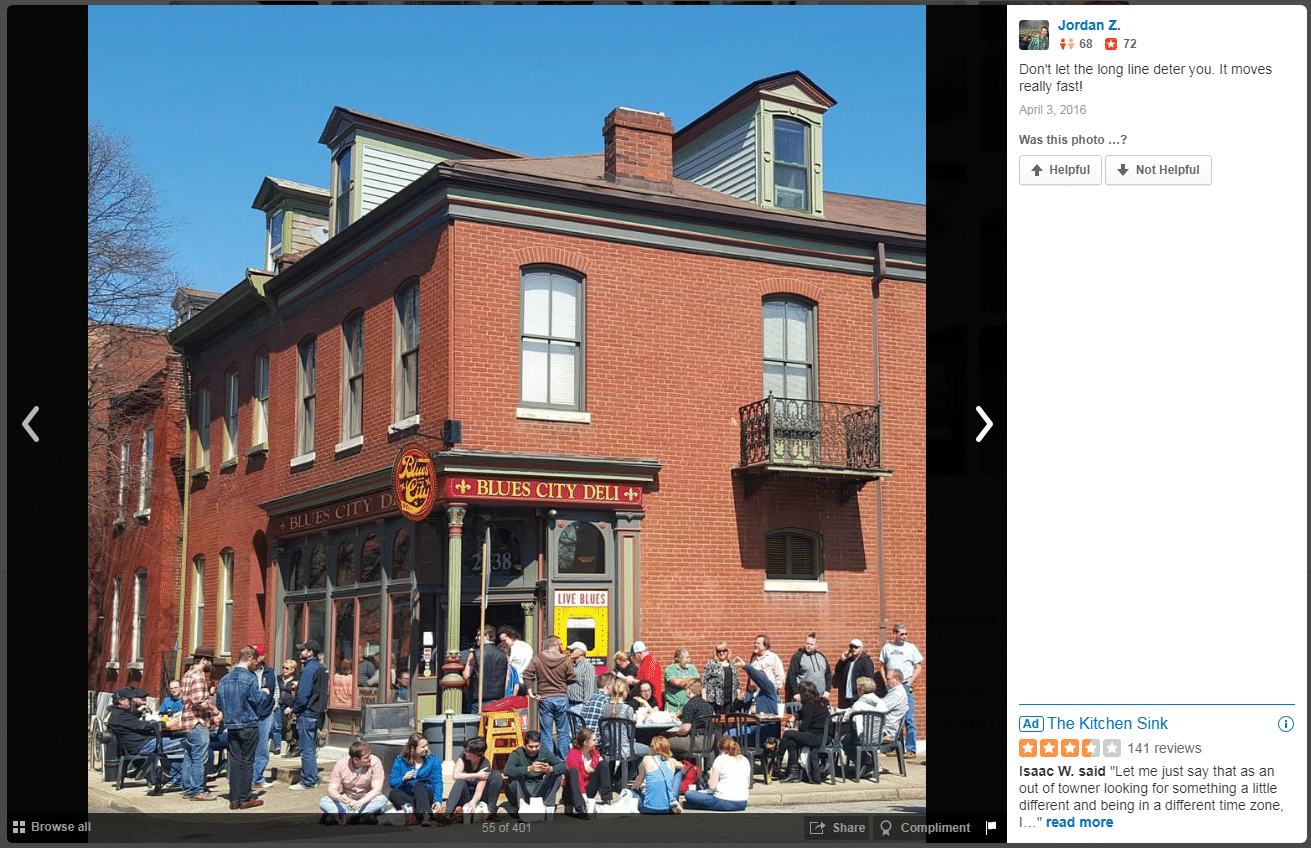
They sell the ambiance.
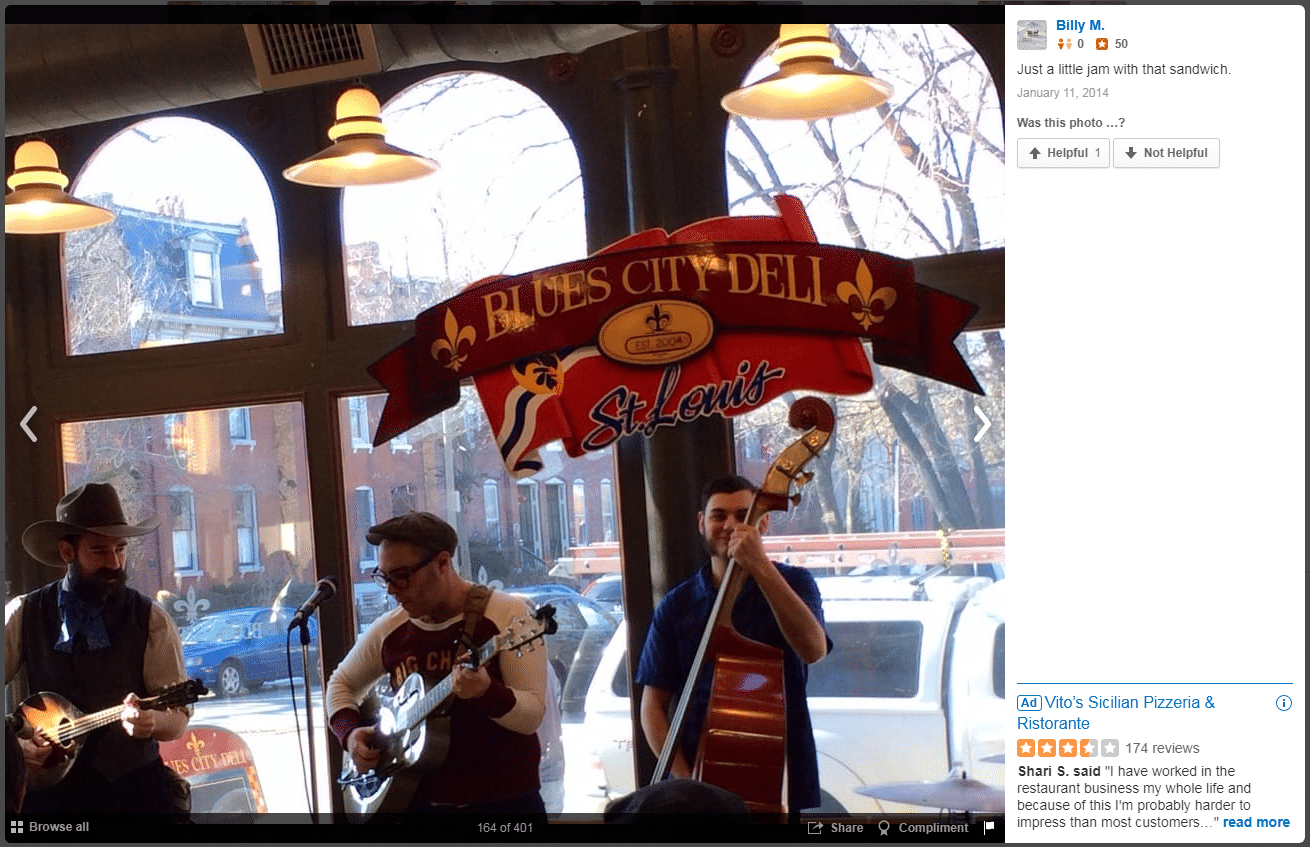
By inviting you to listen to Live Blues with them, they're telling you they're part of your 'in' group. They're one of you.
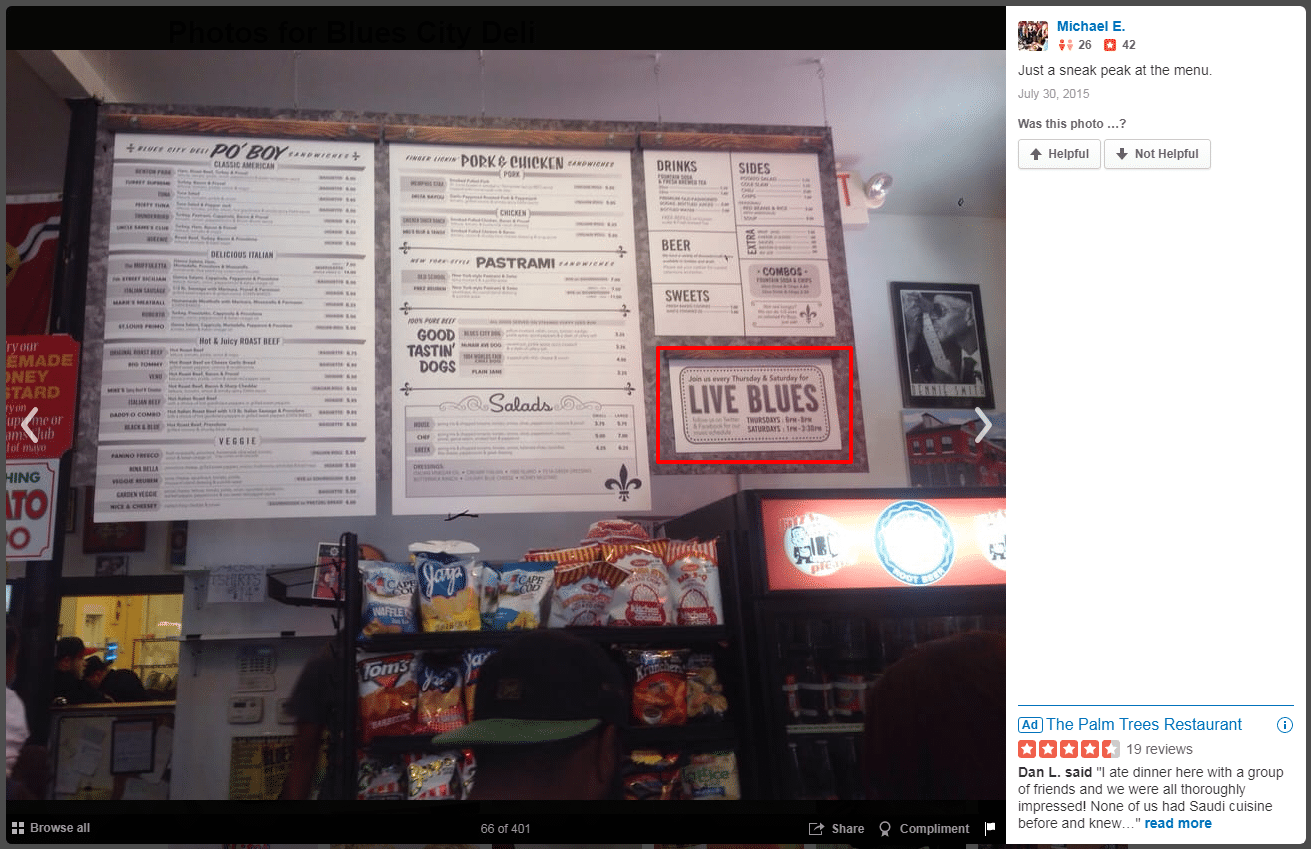
Something interesting is happening in their photos, can you see it?
No?
Did you notice the similarities between their customers? The style of dress, the attitude, demeanor and presentation?
That's homogeneity.
Take photos of your business; post, share and promote them on your local listings and profiles.
#4: Get customers to promote you willingly
How?
How on earth do you get customers to promote your business, product or service willingly?
It's simple.
You make your customers the hero of the story. You share your prestige with them. It's different for every business, but there are all kinds of ways to do this.
You could:
- Get customers to join in on Live Blues night
- Run a contest, then promote the winner
- Brag about specific customers in a case study or testimonial video
- Ask customers for advice, follow it, then show them that you did
- Remember (and act on) specific things about your customers (e.g., birthdays, the anniversary of their first visit, bad day or tragic events, etc.)
- Surprising/random acts of kindness and generosity (done as a habit)
See the secret? It's honor.
When you honor customers, you're showing that you cherish them. That the relationship is more important than just "money."
Find a way to honor customers in a way that's meaningful to them, and they'll find a way to share it with everyone. It's wonderful because you've given them an avenue to brag without bragging.
Sure sounds good, but it can backfire
Asking customers to share photos is a terrible idea. What if you train customers to "take pictures" and you make a mistake? You've given them everything they need to hang you.
It's true if you have a bad relationship with your customers.
Mistreat your customers, and they'll eagerly wait for the chance to take you down. They'll tell their whole world, anyone who will listen about your failure.
If customers are neutral, that's far less likely to happen.
Most customers don't write reviews. They read them, sure, and most base their buying decisions on them. That much is true.
But the vast majority aren't willing to share their bad experience.
If you have thousands of reviews like the local businesses we've covered, they're even less likely to share (though they should). They're less likely to spill the beans on your mistake if you have a good relationship or rapport with them.
Does that mean you should count on that?
No.
But you're far less vulnerable than you've been led to believe. If you're running a wonderful business, you can counteract that.
Customers are judgmental; they should be
We're all judgmental; it's a necessary, scientifically proven part of life.
Customers are making judgments about you and your business before they've had a chance to think about it. This first impression is visual and based almost entirely on emotion.
Give customers what they're looking for, meet their wants and needs, and you'll find their judgment swings in your favor.
About the Author
Andrew McDermott
Andrew McDermott is the co-founder of HooktoWin. He shows entrepreneurs how to attract and win new customers.





